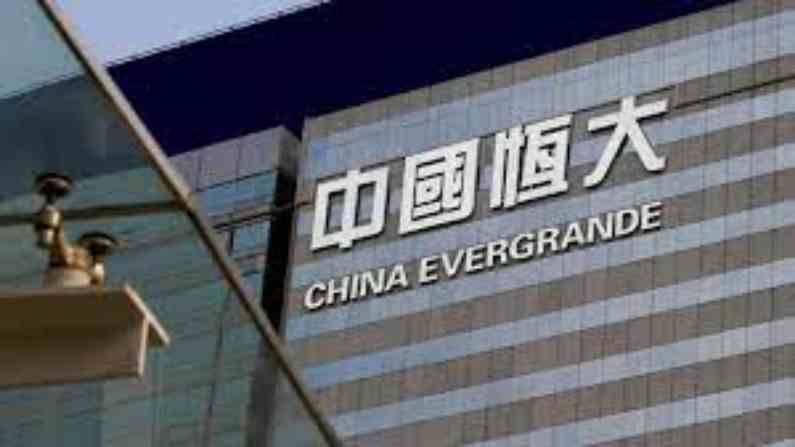Evergrande a risk for global financial markets?
A credit event for Evergrande seems unavoidable, spillover into other markets depends on whether Evergrande restructures or fully liquidates.

Stock markets across the globe are hammered on concerns of Evergrande, the largest real estate borrower in the world, defaulting with overall liabilities exceeding $300 billion (22.5 lakh crore). Evergrande is the largest property company in China. It owns more than 1,300 projects in 280 cities holding around 2% of the Chinese real estate market. According to various reports, Evergrande sits over unfinished projects worth over $1 trillion. As many as 1.5 million people are waiting for delivery of their homes, even as the realty developer has failed to clear dues of its employees and suppliers for months.
Size of the problem
The Chinese property sector, the offshore financing channel consists of the offshore bond market (USD denominated), offshore syndicated loan and private deal financing. The offshore bond market is the biggest in size (and where data is most readily available), with total debt outstanding currently at ~$209 billion.
According to UBS estimates that the total liability of the Chinese property sector is close to $4.7 trillion, the offshore bond market therefore only accounts for only 4.5% of total financing for the sector. Evergrande Group’s total liability size is ~$313 billion, which is ~6.5% of the total liability of the Chinese property sector. In terms of total offshore bonds outstanding, Evergrande Group has ~$19 billion, which is equivalent to roughly 9% of the total offshore bond market.
Other high beta B-rated property developer names make up a further ~12.5% of the total HY offshore bond market, which is important given the high correlation between these names and the Evergrande price action.
Global spillover
UBS is of the opinion that a credit event for Evergrande seems unavoidable, the extent to which we get spill over into other markets will be contingent on whether Evergrande restructures or fully liquidates.
“Investors getting extremely low recovery values, something which would lead to a material loss of investor confidence in the broader property sector market and create spill over into the broader Chinese financial assets. Even during the Baoshang bank bankruptcy last year, where a liquidity squeeze in the interbank market was caused by banks cut off their lending to non-bank institutions and small banks. This consequently led to a sell-off in local rates in China. This could cause also lead to a repricing of risk premium across global credit markets, with the emerging market underperforming developed market and HY (high yield)-IG (investment grade) decompression in both USD/EUR markets,” noted a report released by UBS.
A domino effect of credit events, given that both banks and non-banks with large exposures to Evergrande could potentially go under or be forced into restructuring. This would again create spill over into other Chinese financial assets and drive underperformance of financials in particular across both DM (Developed Markets) and EM (Emerging Markets) credit/equity markets, led by those names with direct exposure either to Evergrande itself, its subsidiaries or its creditors. Evergrande’s liabilities are said to involve more than ~130 banks and over ~120 non-banking institutions, while the developer also hires ~4 million people every year for project developments, something which could also lead to increased investor concerns around financial stability risks in China, the report added.
Things to look out for
UBS suggests investors should watch out for upcoming coupon payments on offshore bonds, as this could be the trigger for a credit event. Upcoming coupon payments on offshore bonds are due on September 23rd & 29th and October 11th. The second thing to watch will be the price action in other high beta B-rated developer credits, something the global brokerage thinks will provide a useful gauge of systemic risk in the property sector as well as consensus expectations with respect to what an Evergrande credit event might look like. Spillover into other high beta B-rated developer credits has been fairly muted thus far, with investors still hopeful of a creditor friendly resolution for Evergrande and fundamentals generally having sequentially improved through H1 21′ despite increased regulation/tighter Chinese credit.
The third and final thing to watch will be the Chinese credit/property policy. UBS expects that the government is set to stay tight generally on property policies but not to escalate tightening further, although local governments may ease the implementation of housing construction decline sharply for a few months, something which should help provide some sentiment relief for issuers across the sector.